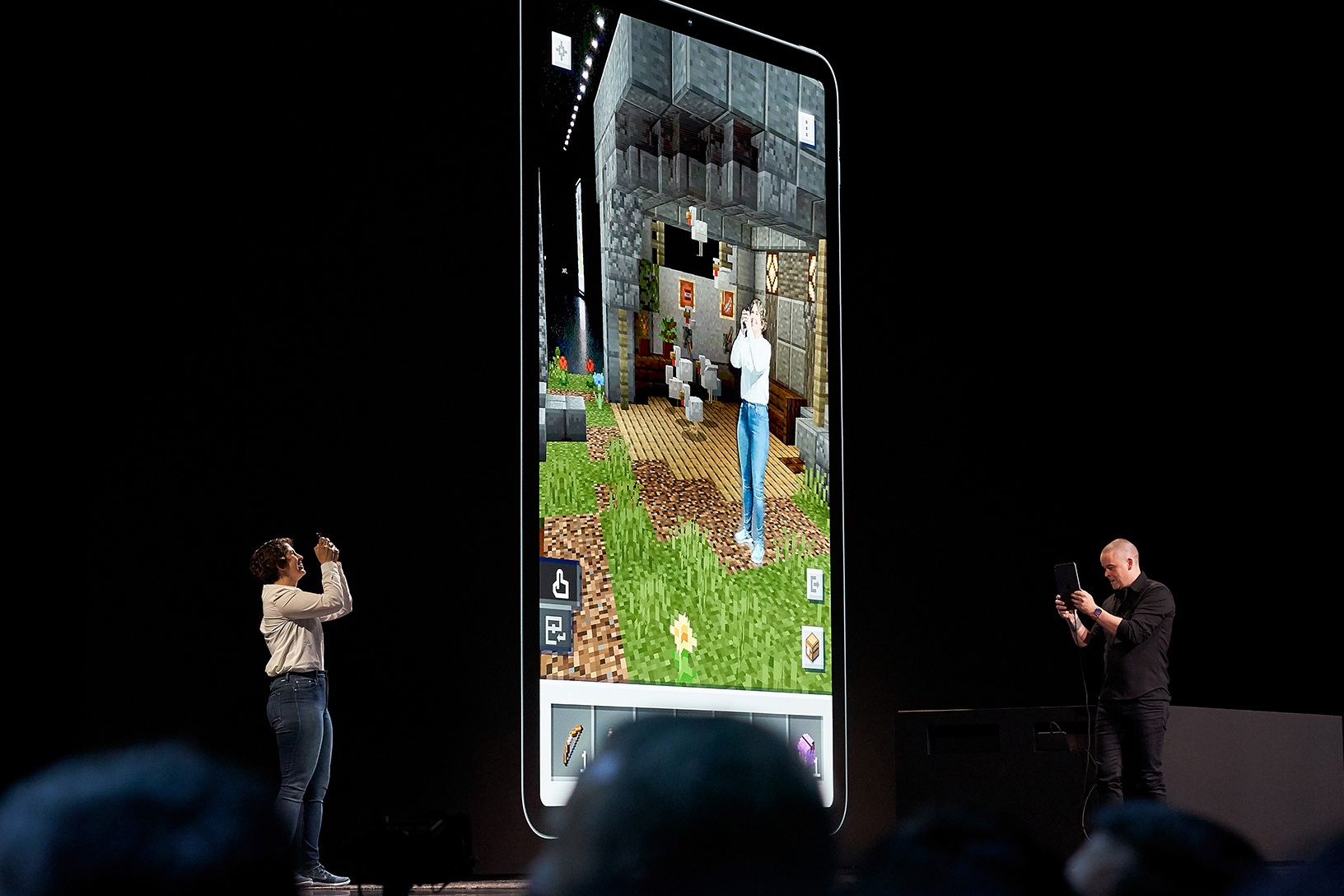3D Touch is a function that Apple introduced with the iPhone 6s. The user can perform three different functions by pressing the touch-sensitive display with varying degrees of force. The pressure sensitivity can be individually adjusted on compatible devices.
At the beginning of this month, it was reported again that 3D Touch would be removed from the 2019 iPhone models. The rumor has been persistent since July last year and has now been indirectly confirmed by Apple itself - at least for now. We're talking about iOS 13. Whenever a new beta version of a major operating system is rolled out, developers look for clues about future hardware products or new features.
The first beta version of iOS 13 was released to developers shortly after WWDC 2019. According to the code, Apple actually seems to be saying goodbye to 3D Touch. In addition, Apple released the so-called QuickActions for all iPhones and iPads with iOS 13 or iOS 14 as part of WWDC 2019. iPadOS promised. Most of these were previously only accessible with 3D Touch. The replacement for 3D Touch on the iPhone XR is called Haptic Touch. In the new version, the user receives haptic (vibrating) feedback by long-clicking. The function was originally known under the name Force Touch from the Apple Watch. Further indications of a significant revision of the function were discovered in the iOS 13 code. At the moment, everything indicates that Apple will deliver the new iPhone generation without 3D Touch.
More complex and expensive
The ability to call up such quick action menus and peek previews with a long press under iOS 13 will even be possible on iPhones with 3D Touch - including the iPhone XS models. Of course, 3D Touch can still be used on existing devices under iOS 13 - but the iPhone XS series seems to be the last iPhone generation with this feature. Barclays analyst Blayne Curtis already gave several reasons last year that would explain this step. On the one hand, the function offers little benefit and is far too complex to manufacture in comparison - according to Curtis. The sensors required for this make the production of the displays much more difficult, which is why manufacturing is also more expensive.
If 3D Touch were more popular among users, Apple would probably continue to offer the feature, according to the analyst. It is doubtful whether this will affect the pricing of future iPhone models.
Conclusion
All in all, there is a strong probability that the 2019 iPhones will use Haptic Touch instead of 3D Touch – the presentation of the new iPhone models will probably take place in September. (Image: Apple)





